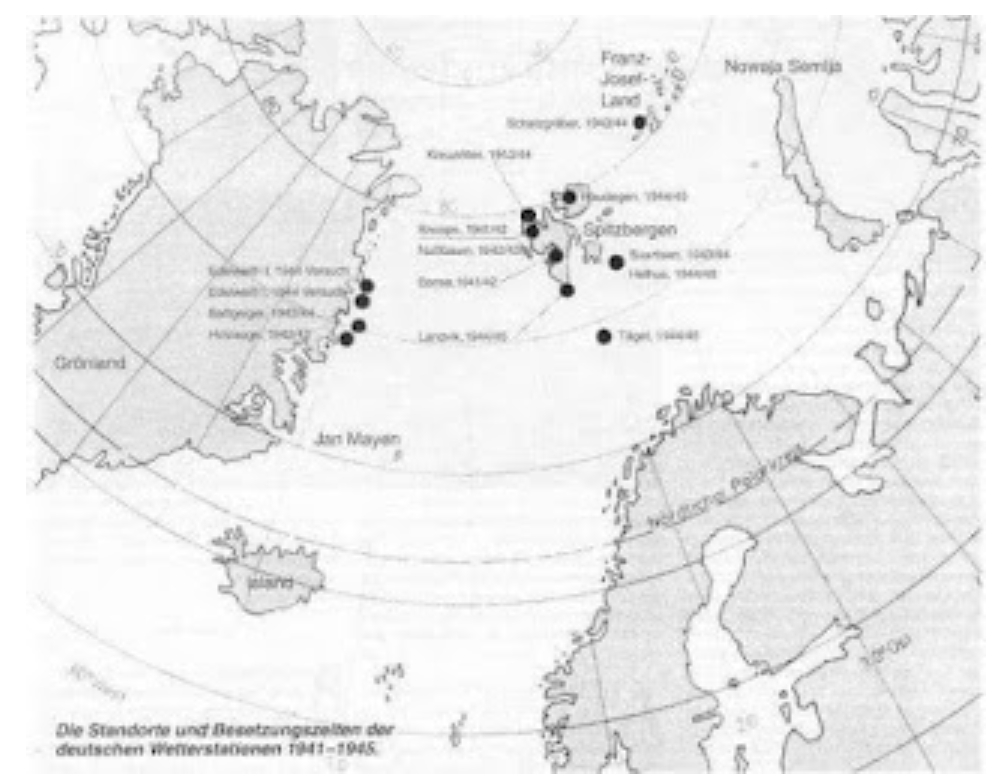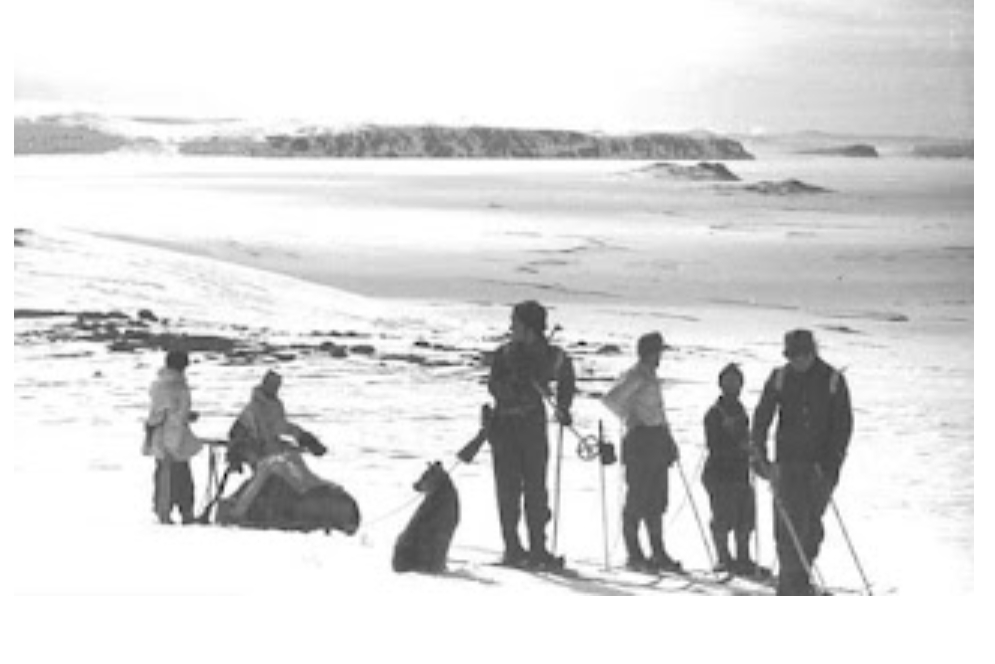
The surrender of Wilhelm Dege’s command is a little curious story to be told.
At the time of Germany surrender, Dege and his command weren’t informed about it at all.
It was only months later, on 3 September 1945, that a small Norwegian boat, the Blasel, appeared off the Rijpfjord fjord.
Aboard a lifeboat the ship’s captain, L. Albertsen, headed ashore. Dege greeted Captain Albertsen by addressing him in English, but received no response. He then tried Norwegian, which he spoke well having been a translator for the Wehrmacht from 1940 to 1943, and said: “Shall we discuss our surrender here on the beach, or can I offer you some coffee and schnapps first?” – The Norwegian captain replied: “Real coffee and real German schnapps? Why not!”
After sharing what remained of rations and cigarettes, the captain embarrassedly revealed that the Royal Norwegian Navy had indeed instructed him to make the Germans surrender and bring them back, but that he honestly had no idea what the procedures were. Not even the Germans knew them; it was then that Wilhelm took out his Luger pistol, and placing it on the table he said – “There you go. With this I surrender.”
The Norwegian captain, taken aback, couldn’t say anything other than “Can I keep the gun?”
Dege then drafted a document in Norwegian regarding the surrender which everyone signed: thus making official the surrender of the last German military unit during the Second World War.
The two pics showing Dege’s command in the Svalbard Islands and a map showing the WW2 German weather stations



The curious history of the last German unit that surrendered in World War II










Leave a Reply